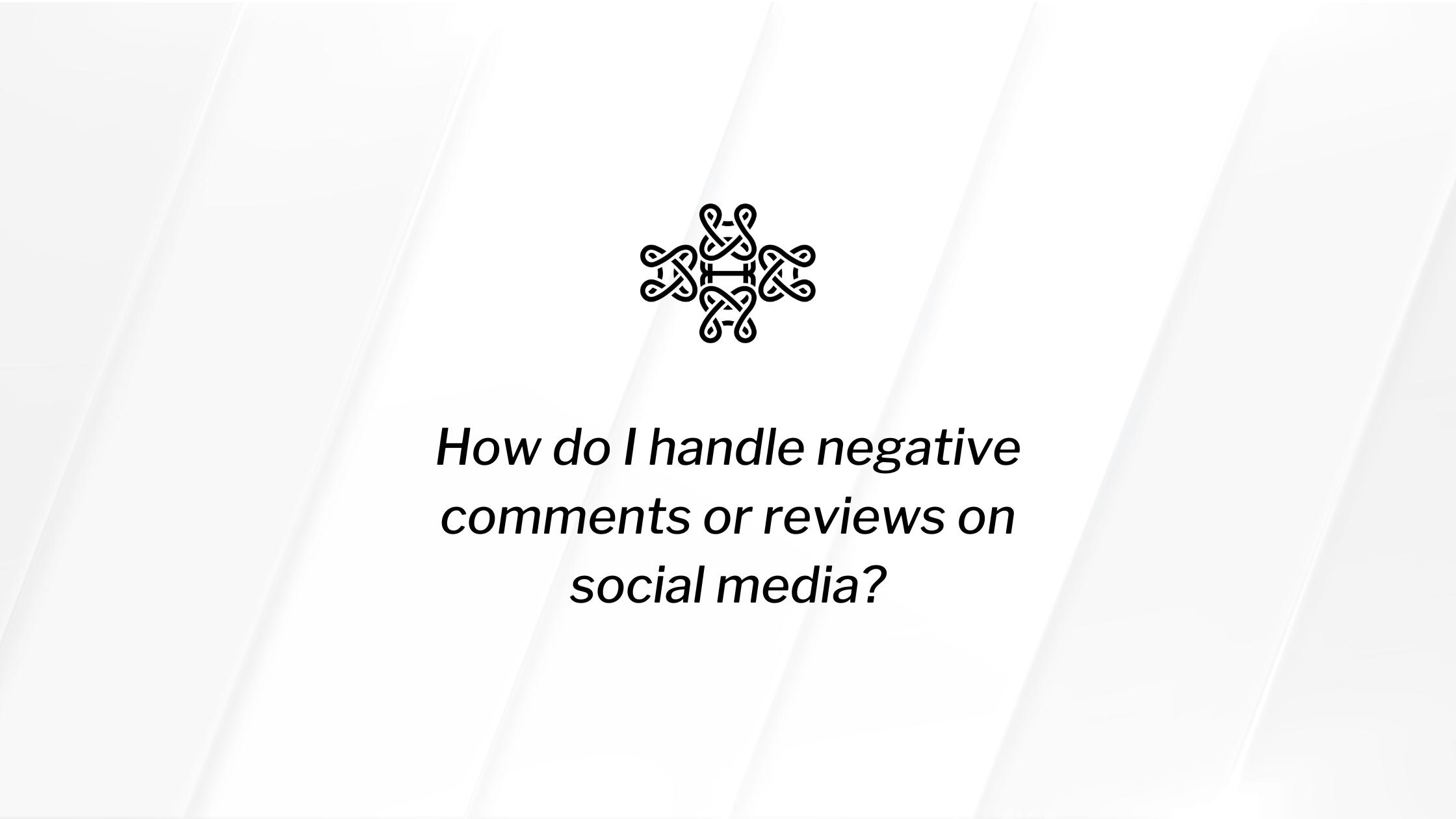What Is Digital Marketing, and How Does It Differ From Traditional Marketing?
Ah, marketing. It's like that good friend who's always trying to hook you up with great opportunities. However, not all marketing is created equal, and in this age of memes and cat videos, the marketing landscape has evolved dramatically. Let’s dive into digital marketing and how it sets itself apart from its old-school cousin, traditional marketing.
What Is Digital Marketing?
Digital marketing uses the internet and digital technologies to promote products, services, or brands. It’s like the tech-savvy, younger sibling of traditional marketing. Digital marketing utilizes online platforms, social media, search engines, email, and websites to connect with potential customers. This approach is dynamic, data-driven, and highly interactive, making it a powerful tool for businesses of all sizes.
Key Components of Digital Marketing
Search Engine Optimization (SEO): Optimizing your website to rank higher on search engine results pages (SERPs) to increase organic traffic.
Content Marketing: Creating and distributing valuable content to attract and engage a target audience. This strategy includes blogs, videos, infographics, and ebooks.
Social Media Marketing: Leveraging platforms like Facebook, Instagram, Twitter, and LinkedIn to promote your brand and engage with your audience.
Pay-Per-Click (PPC) Advertising: Running paid ads on search engines and social media platforms to drive traffic and conversions.
Email Marketing: Sending targeted emails to prospects and customers to nurture leads and encourage repeat business.
Affiliate Marketing: Partnering with other businesses or influencers to promote your products in exchange for a commission.
Influencer Marketing: Collaborating with influencers to reach their followers and gain credibility.
What Is Traditional Marketing?
Traditional marketing, on the other hand, is the granddaddy of the marketing world. It includes all the marketing tactics that have been around since newspapers and billboards ruled the world. Think TV and radio commercials, print ads, direct mail, telemarketing, and outdoor advertising.
Key Components of Traditional Marketing
Print Advertising: Newspapers, magazines, brochures, and flyers.
Broadcast Advertising: TV and radio commercials.
Outdoor Advertising: Billboards, transit ads, and posters.
Direct Mail: Catalogs, postcards, and sales letters sent directly to consumers.
Telemarketing: Outbound calls to potential customers.
How Do Digital Marketing and Traditional Marketing Differ?
Now, let's get into the nitty-gritty. While both forms of marketing aim to promote products and services, their approaches, tools, and effectiveness can differ vastly.
Reach and Targeting
Traditional Marketing:
Broad reach with a one-size-fits-all approach.
Targeting is based on demographics and geographical location.
Limited ability to tailor messages to specific audience segments.
Digital Marketing:
Highly targeted, reaching specific demographics, interests, behaviors, and even past online interactions.
Personalized messaging tailored to individual user preferences and behavior.
Global reach with the ability to localize content for different regions.
Cost and Budget
Traditional Marketing:
It often requires significant upfront investment, especially for TV, radio, and print ads.
Costs are usually higher, with less flexibility in adjusting budgets on the fly.
Digital Marketing:
More cost-effective with options to start small and scale up.
Flexible budget management, allowing for adjustments based on performance and results.
Pay-per-click models ensure you only pay for actual interactions, like clicks or conversions.
Measurement and Analytics
Traditional Marketing:
Difficult to measure precise ROI.
Relies on surveys, coupon codes, and sales data for performance tracking.
Limited real-time data and long feedback loops.
Digital Marketing:
Robust analytics tools provide real-time data on performance.
Detailed metrics on impressions, clicks, conversions, and user behavior.
Ability to quickly adjust campaigns based on data insights.
Engagement and Interaction
Traditional Marketing:
One-way communication with limited audience interaction.
Feedback and engagement are not immediate or direct.
Digital Marketing:
Two-way communication with opportunities for real-time engagement.
Social media, comments, and direct messaging enable instant feedback and interaction.
Encourages user-generated content and community building.
Flexibility and Adaptability
Traditional Marketing:
Fixed once deployed; changes can be costly and time-consuming.
Long lead times for production and placement.
Digital Marketing:
Highly adaptable with the ability to make changes and optimize campaigns on the fly.
Quick deployment and easy A/B testing to find the best-performing strategies.
Longevity and Shelf Life
Traditional Marketing:
Campaigns often have a set duration (e.g., a 30-second TV spot or a monthly magazine ad).
Limited shelf life; once the campaign ends, so does its impact.
Digital Marketing:
Content can remain online indefinitely, continuing to attract traffic and generate leads.
Evergreen content and SEO efforts can provide long-term benefits.
The Hybrid Approach: Best of Both Worlds
While digital marketing offers many advantages, traditional marketing holds value, especially for certain audiences and industries. The most effective strategy is a hybrid approach that combines the strengths of both.
For instance:
Event Marketing: Use digital channels to promote and drive attendance, but leverage traditional methods like flyers and local radio spots to reach the community.
Brand Building: Utilize digital marketing for interactive content and social engagement while using traditional media for broader brand awareness campaigns.
Conclusion
There isn’t a definitive winner in the battle between digital and traditional marketing. Each has its unique strengths and can complement the other when used strategically. Digital marketing provides unparalleled targeting, flexibility, and measurable results, making it an indispensable tool in today's business landscape. However, traditional marketing offers broad reach and credibility, especially in specific contexts.
By understanding the differences and integrating both approaches, businesses can create comprehensive marketing strategies that resonate with their target audiences and drive meaningful results. So, whether you're a digital native or a traditional marketing enthusiast, remember that the best strategy often lies in blending both worlds.










User experience (UX) is a crucial aspect of web design and digital interaction that can significantly impact the success of your business. A well-crafted UX can lead to higher user satisfaction, increased engagement, and improved conversion rates. But what exactly is UX, and why is it so important? Let’s explore the fundamentals of user experience and understand its significance in the digital landscape.